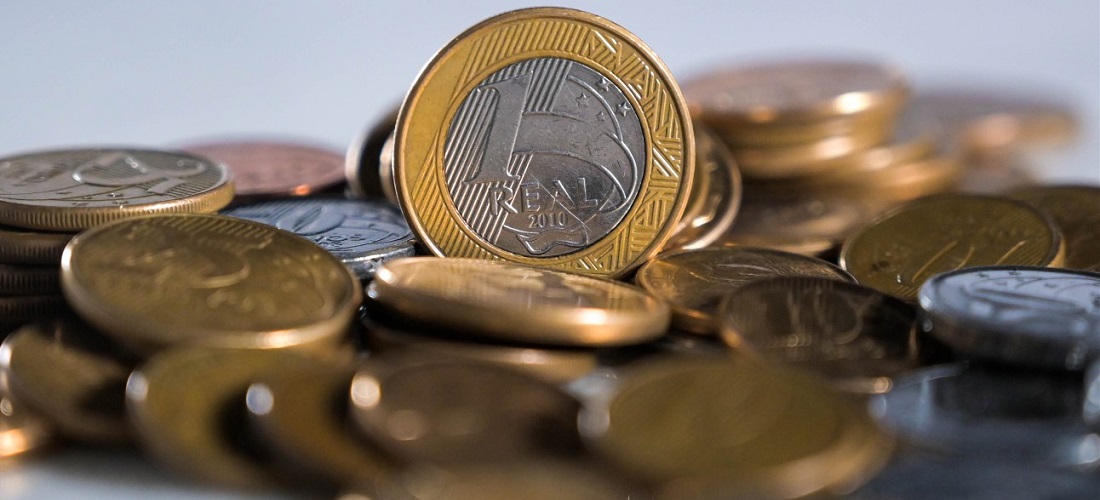
Brazil Economy Beats Forecasts Again as Consumers Spend Big
Dec, 04, 2024 Posted by Gabriel MalheirosWeek 202446
Brazil’s economy once again shot past expectations in the third quarter, bolstered by hefty consumer and government spending that’s fanning inflation and rattling markets.
Official data released on Tuesday (December 12) showed that gross domestic product expanded 0.9% in the July-September period compared to the second quarter. The growth was above the 0.8% median estimate from analysts in a Bloomberg survey.
Record low unemployment and higher wages have propelled growth this year, giving President Luiz Inacio Lula da Silva reason to argue he’s delivering on pledges to better the lives of working Brazilians. For the third straight time in 2024, quarter-on-quarter growth exceeded analysts’ forecasts.
Family consumption grew 1.5% compared to the previous three-month period. Industrial output, another major driver in the period, gained 0.6% while services increased 0.9%.
The momentum, however, is stoking concerns that Latin America’s largest economy is expanding too fast. Rafael Ihara, chief economist at Meraki Capital, described the sentiment among investors as “almost paradoxical.”
“The market tends to see a slowdown as healthy alternative at the moment,” he said.
Swap rates on the contract due in January 2026, an indicator of market outlook toward monetary policy at the end of next year, rose over 9 basis points in morning trading after the stronger-than-expected economic report.
Investors have been ditching local assets over frustrations with fiscal policy that only deepened last week, when the government unveiled plans to cut spending that fell far short of market expectations.
Disappointment with the plan sparked losses in Brazil’s stock market, while its currency tumbled to the lowest point on record against the dollar.
The slide is further stoking price pressures at a time when the central bank is already raising double-digit interest rates to bring the inflation rate down to it’s 3% goal. High borrowing costs have so far failed to significantly dampen demand.
By Andrew Rosati
Source: Bloomberg
-
Steel and Aluminium
Nov, 18, 2022
0
Brazilian exports of niobium ferroalloys decline in October
-
Economy
Apr, 13, 2023
0
China’s exports rose unexpectedly in March, first gain in six months
-
Apr, 15, 2024
0
Iran says MSC Aries vessel seized for ‘violating maritime laws’
-
Environment
Sep, 22, 2023
0
COSCO developing green methanol industrial chain



